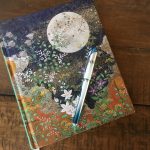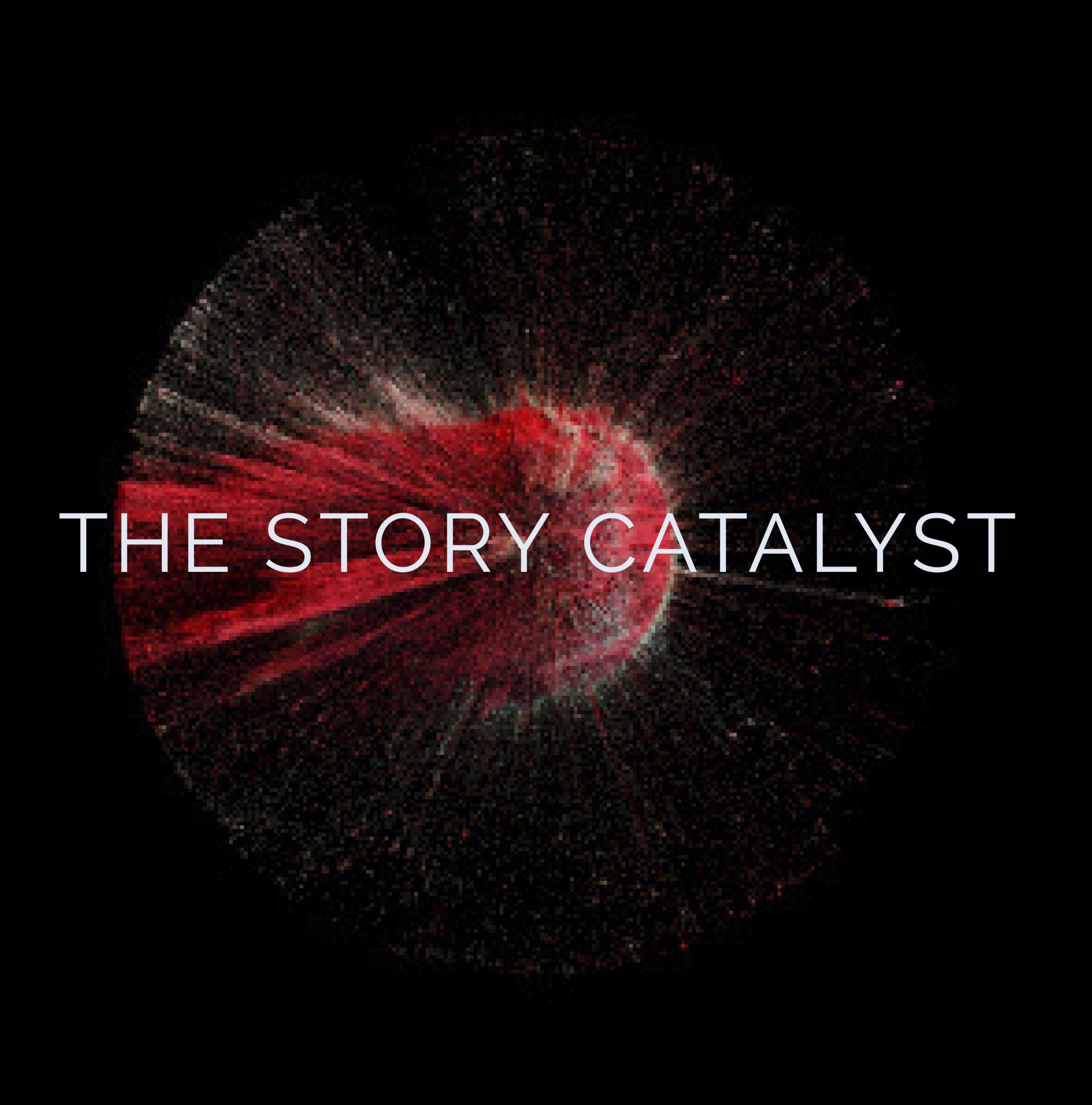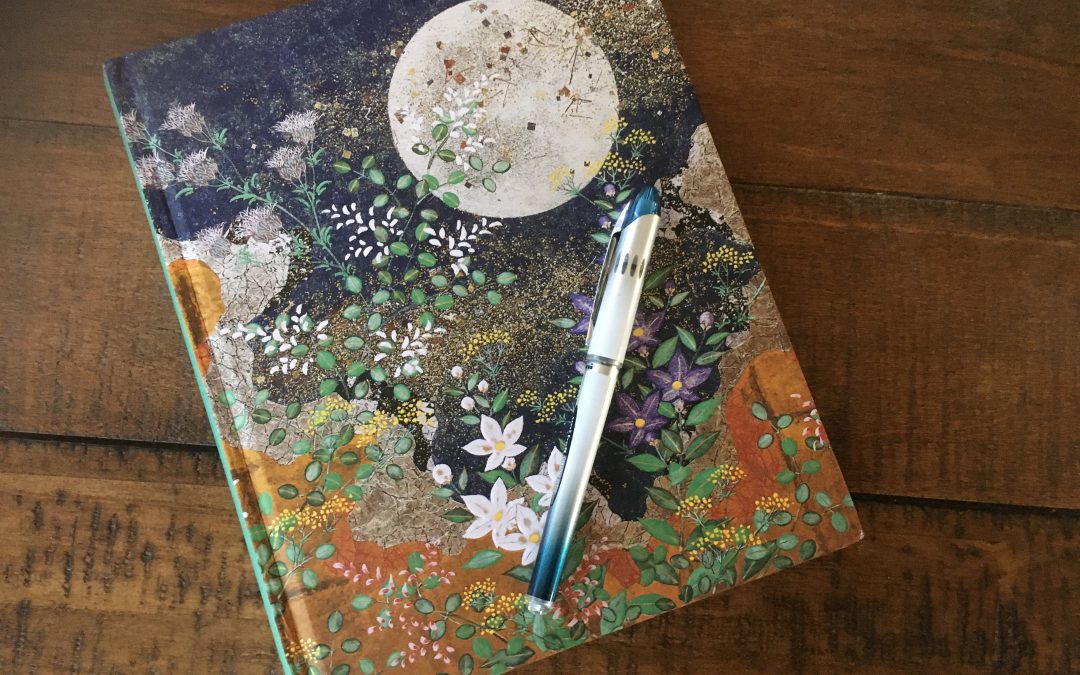Part II: Keeping It Going
This series honors the power of the personal essay. In the hands of a masterful writer, an essay has the power to evoke emotion or to lay out an argument that calls others to action. [See Part 1 if you’re wondering how to get started.]
Now you’ve got your start on your essay. How do you write your way through the messy middle?
It’s OK if at first you have two ideas about how you want to attack your essay. This wonderful podcast from NPR’s Planet Money talks about two different approaches the NPR writers took with a story, one starting out with shocking statistic and a more global approach, the other starting off with a “little story” that amplifies the theme, then plugging that little story into a larger picture. It makes sense that for a story about the rise of A/B testing, NPR would A/B test its two leads. They did a little test on each lead to see how it played with readers. One lead got better results. (I often use this example in my multimedia journalism classes at the University of New Mexico.)
So once you’re rolling, how do you keep it going? One of my favorite memoir teachers, Marion Roach Smith, offers this algorithm to keeping your essay concrete, clear and focused. In her book The Memoir Project: A Thoroughly Non-Standardized Text for Writing & Life, she urges writers who get stuck to use this prompt:
This is a story about X and it’s illustrated by Y
X is your big picture stuff, your theme. Y is your little picture stuff, the real life details that show what it’s like to grieve your dying mother, the details that put you at the side of her hospital bed clasping her bony hand in yours as you recite for her of the names of the rosebushes she cultivated in her garden. In this way, you restore her memories back to herself after her stroke. It’s a cold winter night, and you’ve driven hours to be there at her side.
This is a story about grief,
and it’s illustrated by the way my voice trembles as I recite for my mother the names of the rosebushes from her garden as she recuperates from a stroke.
Marion Roach Smith is a journalist, as I am, and this approach is informed by journalism, which is always looking for substantive, documented details from the physical world to show how we know what we know. This algorithm keeps you grounded in the 5W (who, what, when, where, why) and 1H (how). It will get you out of your head and heart and into your real body in the real world.
 It will help you “prove it,” to the reader, who hasn’t been where you’ve been or see what you’ve seen. Take the reader into the experience that produced the emotion or insight you’re writing about. And then the writing becomes believable and memorable.
It will help you “prove it,” to the reader, who hasn’t been where you’ve been or see what you’ve seen. Take the reader into the experience that produced the emotion or insight you’re writing about. And then the writing becomes believable and memorable.
My other best way to get unstuck also comes from the discipline of journalistic writing. After you write a paragraph, ask yourself, “So what?” It sounds a little mean. You’re writing something that matters, something you care about, something you may have deeply felt. Who is asking this heartless question?
But this provocative question can spur you the next detail or insight that really brings your message alive. It can move you away from vague language and insistent assertions that only amount to “Because I’m telling, you it really happened and it really was bad.” If you have to explain it was really bad, you probably aren’t showing it was really bad.
Here are a few more rules for the road:
- Write what you want to know better. Writing teachers are fond of saying, “Write what you know,” but the best writing comes out of what you want to know better. If you don’t know something, that’s a quest. That’s edgier. Go find out. Be curious. Ask great questions. Well-meaning writing teachers who say “write what you know” more likely mean “write what you have lived.” But see that question as dynamic. Write what you’re curious about and have had to figure out.
- Show it. Don’t tell. You’ll get this advice a lot, if you’re writer drawing breath into your lungs, because you’ll find it quoted everywhere as though it’s a new revelation. It’s definitely true that showing has more power than telling. In an essay, the balance of telling vs. showing is different from fiction, and writing teacher Sonya Huber really nails it in this essay on LitHub (“The Three Words That Almost Ruined Me As a Writer: ‘Show, Don’t Tell’”).
- Think in images. Word pictures take readers into your experience. People remember things better when they can experience them like they were really there.
- Use all the senses. Visuals are great, but don’t forget sound, smell, touch and taste.
- Use the “telling detail”—the detail that most characterizes the person or situation. Not every detail, the one that reveals the heart of the situation or what makes a person tick.
- Use concrete nouns. Can’t say this one enough!
- Use active verbs. Or this one! Concrete nouns and active verbs are the building blocks of every great piece of writing. Make this your habit.
- Start your paragraphs with simple declarative sentences, then elaborate. Open your paragraphs with simple declarative sentences and remember the axiom that sentences go the middle of a paragraph to die. One of the best articles I’ve read on mastering the nuts and bolts of writing was “The Whistleblower Knows How to Write,” by Jane Rosenzweig, director of the Harvard Writing Center. Take her advice to heart, and you’ll always have that little something extra that gets your point across clearly and purposefully.
Be concise and crisp. Specificity is your best friend. Prove that you were there. That’s what a journalist must do.
NEXT WEEK: HOW TO MAKE IT MAGIC (AND HOW TO FINISH)

